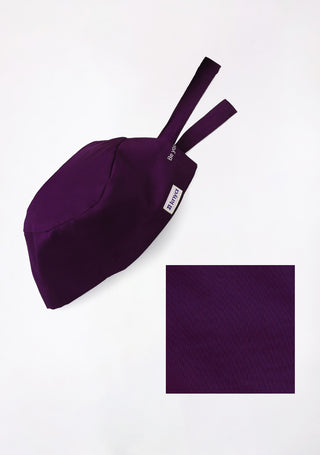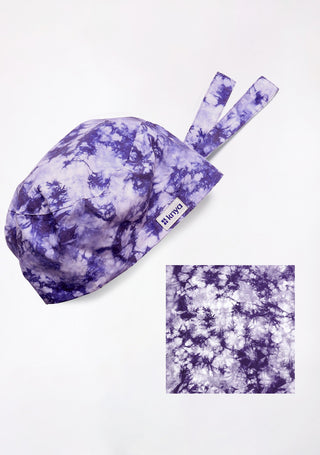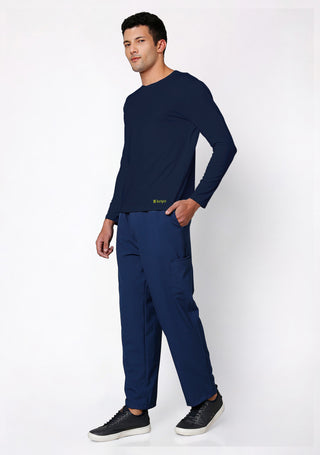All of us at some point have been to a doctors office , So you’ve seen the trusty stethoscope hanging around the doctor’s neck like a badge of honor. It’s an iconic symbol of medicine, almost as if you’re not a real doctor until you’ve got one. But have you ever stopped to wonder what makes this simple tool so powerful in the world of modern medicine?
A Stethoscope Wasn’t Always a Stethoscope
Picture this: It’s 1816, and French doctor René Laennec is facing a dilemma. He needs to listen to a woman’s heartbeat, but leaning in and pressing his ear against her chest seems, well… socially awkward.
So what does he do? Like any genius, he improvises. He rolls up a piece of paper into a tube and—voilà!—he can hear the heart’s beat loud and clear.
That’s right. The first stethoscope was basically a DIY paper telescope for sound. From there, it evolved into a wooden tube, and much later, the two-eared rubber version we know today. If you think about it, the stethoscope is like a tiny spy gadget, letting doctors eavesdrop on your body’s inner conversations.
Don't wait! Secure your high-quality stethoscope now and experience precision in every heartbeat. Book your Knya's 6sense Stethoscope here
The Stethoscope in Action: More Than Just Heartbeats
When you think of a stethoscope, the first thing that comes to mind is probably the sound of a heartbeat. That rhythmic lub-dub, lub-dub is definitely important, but did you know the stethoscope can do so much more?
Listening to the Lungs
Ever had a doctor ask you to take deep breaths while they listen through the stethoscope? They’re checking for wheezing, crackling, or decreased breath sounds, which can signal conditions like asthma, pneumonia, or even a collapsed lung. Pretty wild, right?
Hearing the Gut at Work
Yep, doctors can use a stethoscope to listen to your stomach. A healthy gut makes gurgling noises (gross but necessary), while a silent abdomen might indicate serious issues like a bowel obstruction.
Checking for Abnormal Blood Flow
A stethoscope can help detect a bruit—an abnormal whooshing sound in blood vessels that could mean there’s a blockage. This is crucial for diagnosing conditions like carotid artery disease, which could lead to strokes.
So, yeah, it’s way more than just a heartbeat detector.
Digital Stethoscopes: Welcome to the Future
Now, here’s where things get futuristic. While the classic stethoscope has held its ground for over 200 years, technology has given it a major upgrade. Enter digital stethoscopes—the modern-day superheroes of medical diagnostics.
These bad boys come with features like:
-
Amplification – Ideal for doctors who need to hear even the faintest heart murmurs.
-
Noise Cancellation – Because hospitals can be crazy loud.
-
Bluetooth Connectivity – Some digital stethoscopes can connect to smartphones and computers, making it easy to record and analyze sounds.
-
AI Assistance – Some models even use artificial intelligence to help detect heart abnormalities!
This means doctors can now store patient recordings, track changes over time, and even share the data with specialists across the globe. The stethoscope isn’t just a listening tool anymore—it’s becoming a data powerhouse.
Express your style! Shop our new 6sense Stethoscope, now available in three stunning colors.
A Tool That’s Here to Stay
With all this high-tech innovation, will the stethoscope ever become obsolete? Highly unlikely. Here’s why:
-
It’s instant – No waiting for scans. A doctor can hear issues in seconds.
-
It’s personal – It’s a moment of human connection in an increasingly robotic medical world.
-
It’s powerful – A trained ear can diagnose conditions that might take expensive tests to confirm.
At the end of the day, the stethoscope is more than just a tool. It’s a symbol of trust, care, and the art of medicine itself.
So the next time you see one hanging around a doctor’s neck, just remember—it’s not just a piece of rubber tubing. It’s a time machine, a lie detector, a spy tool, a musical enhancer, and above all, a lifesaver.
Who knew that little thing could be so cool?












